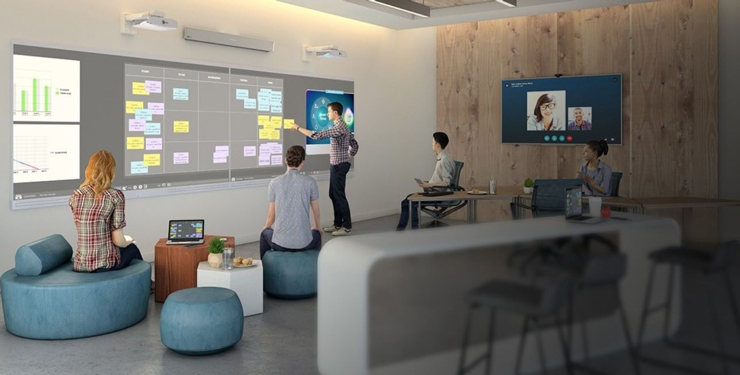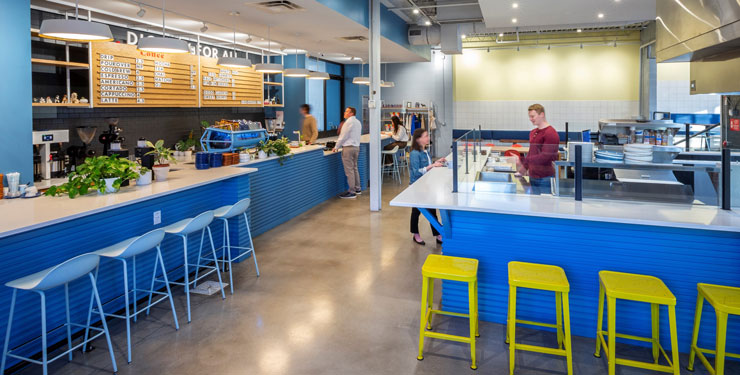
Beyond Square Feet: Transforming Workplaces for a New Era of Work
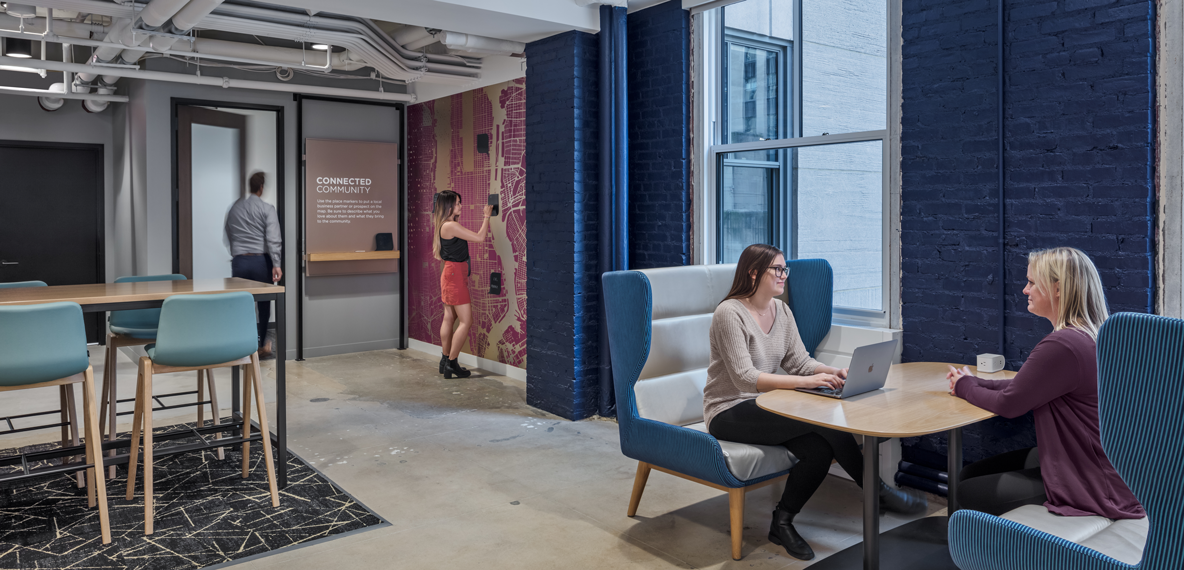
A seasoned leader at the General Services Administration (GSA) recently stated, “Today, everyone is trying to be a workplace strategist.” And no wonder. As return-to-work confusion collides with macroeconomic and geopolitical forces, the world waits for guidance to ease tension and direct funding and investment ready to be unleashed. Ears are wide open, nerves are frayed, and opinions are flying.
Many of these opinions land with a blind spot. Focus tends to root in a series of “what’s” and “where’s” and not enough on the “who’s” and “why’s.” For too long, square feet have defined the real estate narrative. At BHDP, we equally value the feet in the square—the people—and believe the time planned for solving workforce and workstyle, including the workflows that impact the people, behaviors, and experiences, optimizes place and investment.
What if we pursued a plan, intentionally and deliberately, with the people who can make the process messy and complicated? What if we went counter-culture, went left, and zoomed out rather than haphazardly race to the right and rush to solve what feels currently unsolvable? What if we started with “work” as a blank slate [X] and invited understanding and discovery to validate our decisions?
The outcomes would be different. People would engage, feel prioritized, and trust processes better and faster. The feet in the square would lead the way to a reimagined workplace.
Prioritizing People Over Spaces
1. Gain Understanding of the Workforce and Their Workstyles
Before diving into a given project, it’s important to first define the workforce. The workforce is not synonymous with the workplace. The workforce is made up of an organization’s staff, while the workplace signifies the office or location. Such a distinction is critical to any successful engagement or change. People must become part of “the math” that any program of requirements intends to solve. Data is useless without the story it’s solving for.
When we consider people, we must also consider their workstyles. Solving for people without understanding their unique capacities and demands is like solving for space without performing an inventory. Not all people, and not all workforces, are the same. Some people do and wish to be left alone. Some people engage and need connectivity. Some people need a little of both. Understanding who needs what and why helps better inform the process.
2. Strategize for Efficiency
Processes without strategy and story are cumbersome and often lead to frustration. Pausing first to identify the intended process and being willing to challenge its intended purpose constructively optimizes every value proposition. Every opportunity deserves to be customized and thoughtfully narrated. Sometimes, the opportunity warrants skipping the first four steps. Sometimes, circumstances require a team to walk back four steps to better accommodate the preferred outcome. Regardless of direction, every project requires a healthy pause before a course is charted. The leaders that win are the ones with the courage to pause and aim critical, capitally intensive decisions correctly, to reduce and eliminate the burdens of getting it wrong by moving too quickly.
3. Design for Interaction
Transformative potential is nested when people’s behaviors become part of the analysis. While traditional key performance indicators (KPIs)—like usable square foot (USF), occupancy rates, and retention rates—are leveraged to plan and predict success, behaviors offer equal, if not more compelling, guideposts. Pausing to understand how a person will engage space and then developing a design solution that activates anticipated behavior is a better predictor of future state. BHDP’s Project Connect with Fifth Third Bank is a great example of putting people at the center of the design process. In an effort to create communities of work post-COVID-19, we organized their workspaces into small neighborhoods to encourage connection and added elevated “loft” spaces to serve as visible landmarks.
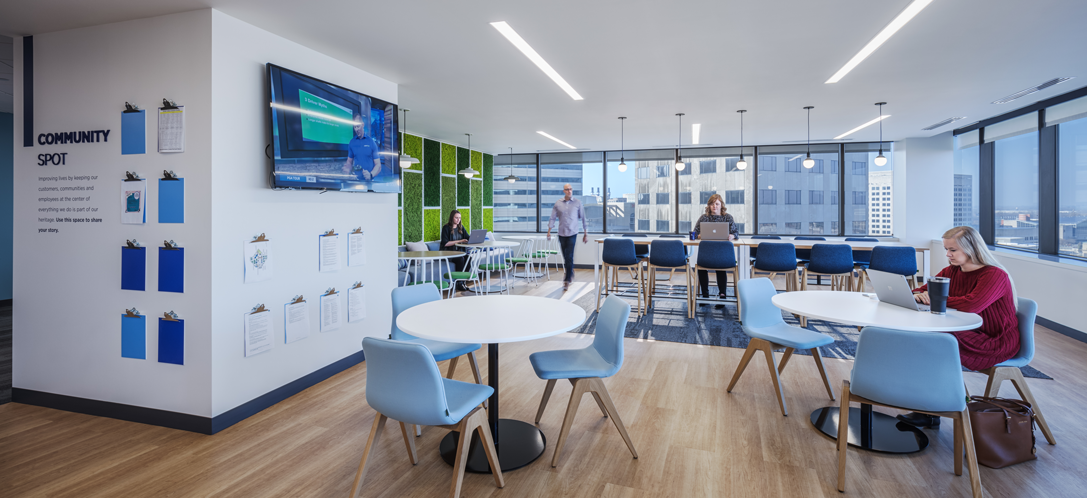
In several of Fifth Third’s offices, cubicles were exchanged for significantly more collaboration space, huddle rooms, and phone booths.
One’s experience with place should not be aspirational; it can and should be planned. While human beings are complex variables, so too are the myriad of default KPIs we choose to find comfort.
When experience becomes predictable, investment decisions are more easily pitched and approved. The paradigm shifts from “If you build it, will they come?” to “We know they will come because we designed it together.”
Quantifying the Human Experience
Behavior and experience are sometimes deemed imprecise, if not soft variables, and unable to compete against tangible indicators. With emerging technology, that rationale is no longer available. Today, we can measure experience as acutely as we can any bottom-line KPI. Today, CFOs needn’t choose between measuring profitability or people. They can have both.
Paradigm shifts are not easy, nor is uprooting decades of status quo. Agile expertise should accompany people-centered transformation. Like any tried-and-true metric, change management can be nested in logic and math. It can be predicted, trusted, and validated.
This requires macro and micro thinking. Transformation across a project’s timeline requires technical acumen and broad intuition. As Frank Lloyd Wright believed, we must understand “what to leave out and what to put in; just where and just how.” To him, such a process was to have been “educated in the knowledge of simplicity.” When everything is considered, every one thing becomes more efficient and more effective.
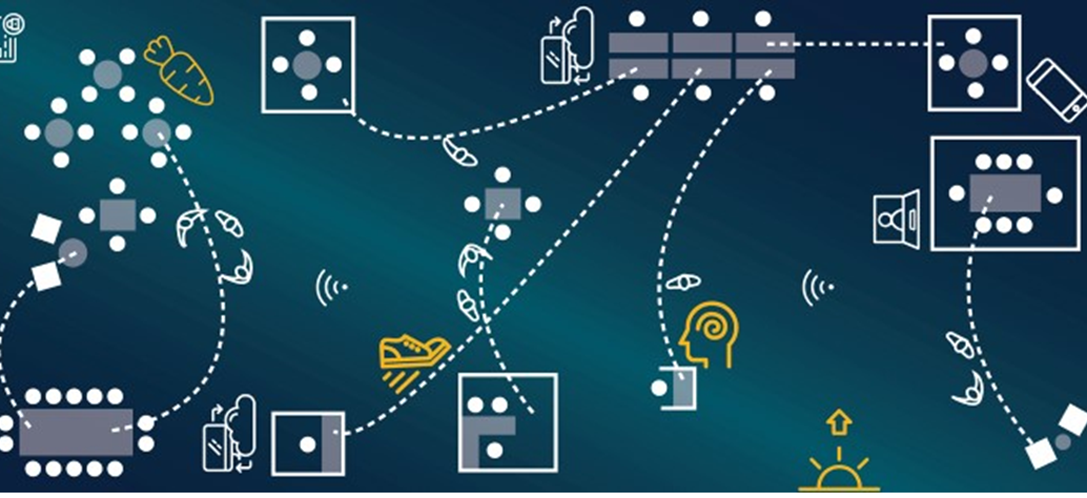
Measuring the impact of design and technology on the workplace may involve instrumenting humans (eye tracking, surveys), instrumenting spaces (IR/Vis sensors, sound, motion), or dynamic space allocation (modeling and simulation, mobile/adaptive space).
Design for People: BHDP’s Commitment to Excellence
BHDP starts and ends with people. We work with and through people. We succeed with people.
By deliberately pausing to understand and discover the key variables at the intersections that impact any real estate portfolio, BHDP commits to its design process by pursuing solutions that reimagine place, immerse people within the process, and validate tangible and intangible returns on every investment. A prolonged stare at one thing causes us to miss the thing. People. When our focus shifts to people, distraction begins to quiet, and solutions begin to form.
Let’s get to work.
Content Type
Date
May 31, 2024
Practice
Topic
Workplace Strategy
Design Thinking

